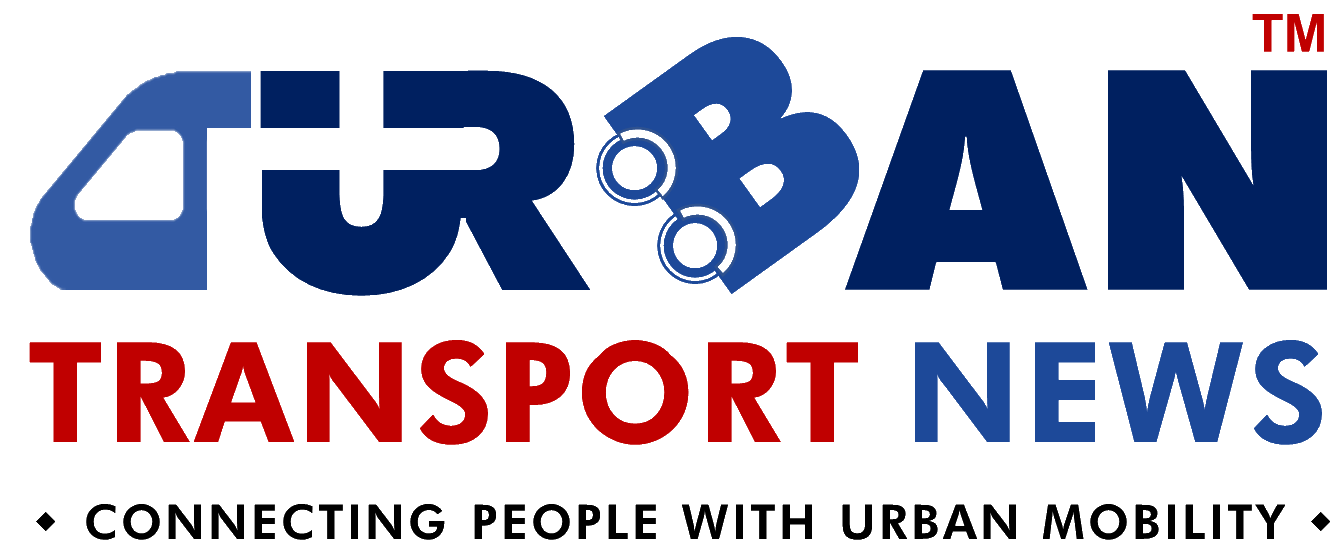 Delhi unveils ambitious Urban Mobility Vision: Luxury Metro Coaches, New Tunnels and Pod Taxi
Delhi unveils ambitious Urban Mobility Vision: Luxury Metro Coaches, New Tunnels and Pod Taxi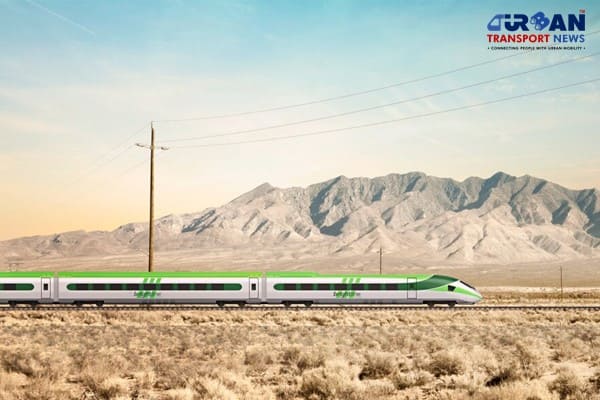 Qatar approves Saudi Rail Link Agreement, Accelerating Gulf Railway Vision 2030
Qatar approves Saudi Rail Link Agreement, Accelerating Gulf Railway Vision 2030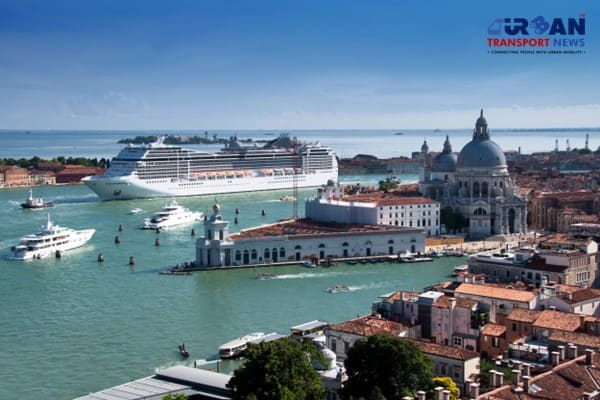 UP Govt plans to introduce Water Metro services in Ayodhya, Varanasi & Prayagraj
UP Govt plans to introduce Water Metro services in Ayodhya, Varanasi & Prayagraj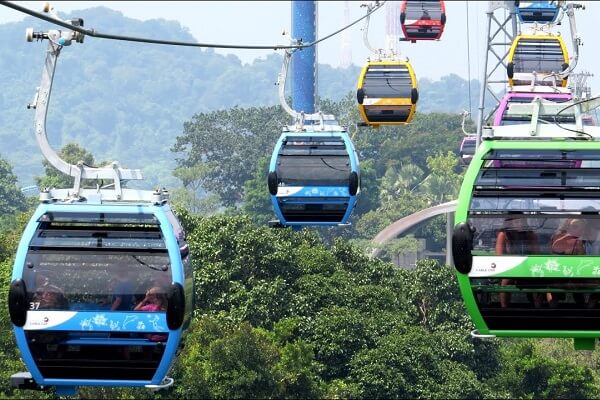 India’s First Urban Ropeway begins Trial Run in Varanasi, Set to carry 1 Lakh passengers daily
India’s First Urban Ropeway begins Trial Run in Varanasi, Set to carry 1 Lakh passengers daily India and Bhutan to Build First-Ever Rail Link: ₹4,033 Cr Project to Boost Regional Connectivity
India and Bhutan to Build First-Ever Rail Link: ₹4,033 Cr Project to Boost Regional Connectivity Patna to launch Eco-Friendly Water Metro; Trial Run soon between Digha and Kangan Ghats
Patna to launch Eco-Friendly Water Metro; Trial Run soon between Digha and Kangan Ghats Air India Group set to launch Flights Operations from Navi Mumbai International Airport
Air India Group set to launch Flights Operations from Navi Mumbai International Airport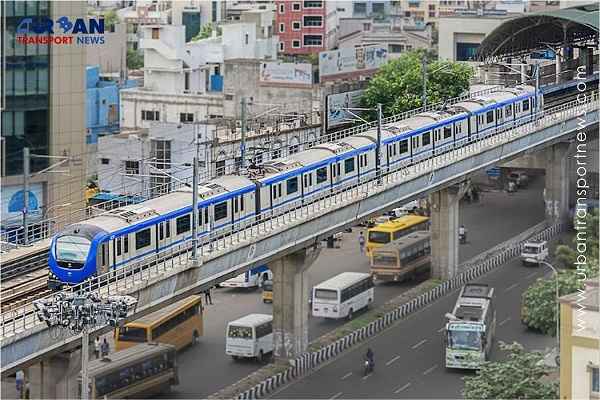 Chennai to launch 25-Year Mobility Plan with Unified QR Ticketing and One-App Transit System
Chennai to launch 25-Year Mobility Plan with Unified QR Ticketing and One-App Transit System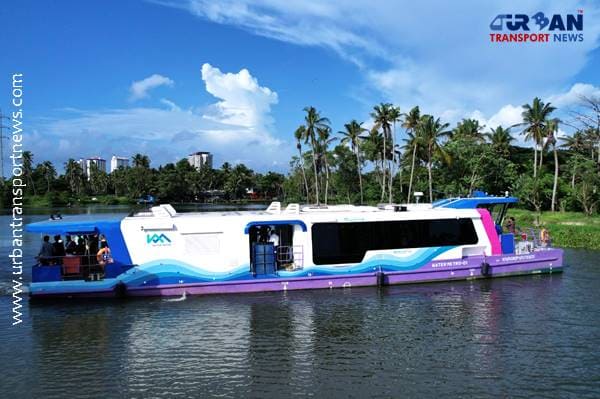 Kochi Metro bags ₹4.4 crore contract to prepare DPR for Mumbai Water Metro Proejct
Kochi Metro bags ₹4.4 crore contract to prepare DPR for Mumbai Water Metro Proejct Navi Mumbai International Airport set for September launch; IndiGo and Akasa Air to lead Operations
Navi Mumbai International Airport set for September launch; IndiGo and Akasa Air to lead Operations
AAM and Smart Cities: Integrating AAM into Urban Planning and Development
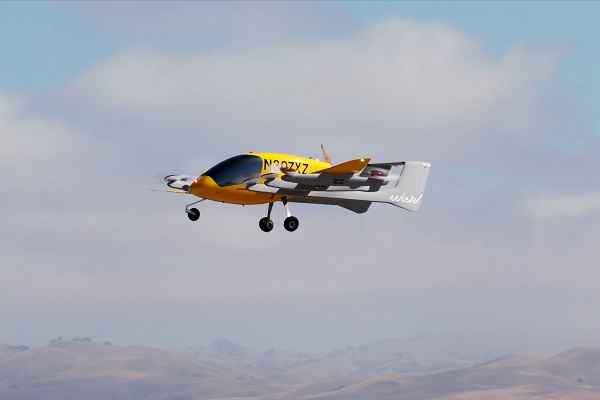
The development of Advanced Air Mobility (AAM)technology is a game - changer in the pursuit of smarter, more sustainable urban environments. AAM offers a promising way to improve mobility, connectivity, and the quality of life for urban residents as cities struggle with traffic, pollution, and a lack of transportation options. This article explores the potential synergies, obstacles, and opportunities of incorporating aerial mobility into urban planning and development strategies by examining the relationship between AAM and smart cities.
In order to increase productivity, sustainability, and livability, smart cities leverage data and technology. Cities all over the world are adopting cutting-edge technologies to address urban challenges and improve citizen well-being. These technologies range from smart infrastructure and IoT-enabled devices to data analytics and AI-driven solutions. In order to build integrated urban ecosystems that are effective, resilient, and inclusive, public services, transportation, and communication networks must be seamlessly integrated. This is the core idea behind smart cities.
AAM: A Catalyst for Urban Transformation
The idea of urban air transportation, which bypasses traffic jams and opens up new mobility possibilities, is at the core of AAM. It envisions a time when electric vertical takeoff and landing (eVTOL) aircraft transport people and goods across urban environments. With the use of electric propulsion, autonomous systems, and sophisticated air traffic control, AAM promises to transform urban transportation by providing quicker, more cost-effective, and ecologically friendly options than conventional ground-based transportation.
Integrating AAM into Urban Planning
AAM integration into urban planning necessitates a comprehensive strategy that takes into account infrastructure needs, regulatory frameworks, societal acceptability, and technological viability in addition to technological feasibility. Urban planners and legislators need to picture an era in which AAM enhances current transit systems, bridging connectivity gaps and offering on-demand mobility options to urban dwellers and companies. This entails choosing appropriate vertiport locations, creating aerial corridors, and incorporating AAM into more comprehensive multimodal transportation plans.
Examples of Integration Initiatives
A key example is the City of Los Angeles, which has collaborated with Urban Movement Labs to create the "Principles of the Urban Sky." This program seeks to ensure that the city is ready for the integration of AAM technologies by educating and involving the community and assisting in the development of policies (Urban Movement Labs, 2022). Similarly, Orlando's proactive approach to incorporating eVTOL technologies into its transportation network is demonstrated by the creation of an Advanced Air Mobility (AAM) Transportation Plan. In line with the city's goal of becoming a forward-thinking, creative, and international travel destination, this plan assesses the expected transportation, economic, environmental, and community effects related to AAM (City of Orlando, 2023).
Enhancing Urban Mobility and Connectivity
By offering smooth, point-to-point transportation options that cut through conventional geographic barriers, AAM has the potential to completely transform urban mobility and connectivity. Imagine a delivery service that delivers items straight to your door while having as little of an impact on the environment as possible, or a commute that takes minutes as opposed to hours. In smart cities, AAM opens up new possibilities for social inclusion, economic growth, and environmental sustainability by facilitating increased accessibility, efficiency, and convenience.
Diversifying Cargo and Package Delivery
Enhancing first- and last-mile delivery through the use of AAM will be one of the fundamental components of smart cities. Drones and eVTOLs can play a significant role in diversifying cargo and package delivery in urban environments. These technologies offer efficient, timely, and environmentally friendly alternatives to traditional delivery methods, reducing traffic congestion and lowering emissions. Drone delivery has the potential to completely transform logistics; it can be used for everything from the delivery of retail goods to the transportation of medical supplies.
Case Studies and Real-World Applications
Boeing and Wisk have committed $70 million to the development of AAM infrastructure in Montreal, highlighting the importance of thorough urban planning and community involvement (Quartz, 2024).On the other hand, the City of Toronto is currently exploring the possibility of utilizing AAM to assist with specific urban issues it faces, such as traffic congestion and environmental sustainability (City of Toronto, 2024). In order to enhance last-mile logistics, businesses like UPS and Amazon are also testing drone delivery programs, proving the viability and advantages of incorporating AAM into urban delivery systems (Forbes, 2023).
Challenges and Considerations
Although the idea of AAM-enabled smart cities is appealing, there are a number of obstacles and factors that need to be taken into account in order to make this vision a reality. Airspace management, noise pollution, safety, and fair access to air travel are a few of these issues. To make sure that AAM integration is secure, long-lasting, and socially just, regulators, urban planners, and industry stakeholders must collaborate to create precise policies, safety requirements, and procedures for community involvement.
Safety and Airspace Management
The incorporation of AAM into the current airspace presents a considerable difficulty. Careful planning and coordination with air traffic management systems are necessary for the development of urban air mobility corridors and vertiports. This is essential to minimize disruptions and ensure the safe operation of eVTOL aircraft in densely populated urban areas (McKinsey, 2022).
Noise Pollution and Environmental Impact
Noise pollution is a major concern for urban residents regarding their perceptions of AAM in the urban setting. The fact that eVOTL noise is substantially lower than that of other rotary wing aircraft is not well understood. Raising awareness of technological advancements like more efficient electric propulsion systems and improved flight patterns can aid in lessening the impression that eVTOL aircraft have an unruly noise footprint. Additionally, the environmental impact of AAM operations, including energy consumption and emissions, must be carefully managed to align with the sustainability goals of smart cities.
Equitable Access and Social Equity
Ensuring equitable access to AAM services is vital to preventing disparities in urban mobility. AAM technologies, like drones and eVTOLs, have several benefits over conventional ground-based transportation, including lower operating costs and emissions. These benefits also make AAM services more cost-effective and environmentally friendly, which can support more equitable transportation options for all urban residents, including those from marginalized communities.
The main reason eVTOLs and drones have lower operating costs is because electric propulsion systems are more efficient and require less maintenance than internal combustion engines. For AAM service providers, this means lower operating costs, which they can then pass along to customers in the form of more reasonable fares. Furthermore, the expenses related to deploying AAM networks in urban areas are further decreased by the diminished requirement for substantial infrastructure, such as roads and bridges. Building confidence and support for AAM technologies can also be facilitated by public engagement and education programs (World Economic Forum, 2023).
Opportunities for Collaboration and Innovation
In spite of these obstacles, the combination of AAM and smart cities offers a singular chance for cooperation and creativity. Together, governments, business executives, educational institutions, and community organizations can create best practices, carry out research, and pilot AAM projects that support responsible urban development and AAM deployment. In order to build smarter, more resilient, and more sustainable urban environments for coming generations, cities can fully utilize AAM by promoting an ecosystem of innovation, entrepreneurship, and public-private partnerships.
Government and Industry Partnerships
NASA's efforts to build infrastructure for AAM include developing new aerospace frameworks that promote shared aerospace practices, ensuring safety, sustainability, and efficiency in air traffic operations. The initiative aims to provide a digital ecosystem that facilitates the smooth integration of communication networks, ground control systems, and air traffic management systems (NASA, 2023). Furthermore, alliances between private businesses and local governments, like the one Airbus and ZeroAvia formed to establish hydrogen hubs in Canadian airports, show the possibility for creative ways to support AAM infrastructure (ZeroAvia, 2023).
Academic and Research Contributions
AAM technology advancement and regulatory challenges are major responsibilities of academic institutions. Studying the market potential and demand for AAM services, research centers like the Transportation Sustainability Research Center at the University of California, Berkeley, are offering important insights to help direct planning and policy decisions (MDPI, 2021). Furthermore, MIT and the City of Boston's cooperation on urban mobility projects emphasizes how crucial academic research is to determining how urban transportation will develop in the future (MIT, 2023).
Public Engagement and Community Involvement
The effective implementation of AAM depends on community and public involvement. By interacting with local communities, AAM technologies are more likely to be accepted by the general public by addressing issues with noise, safety, and environmental impact. Programs such as the European Union's AiRMOUR project, which focuses on increasing public engagement through transparent information dissemination and involving citizens in flight demonstrations, are essential for building trust and support for AAM initiatives (AiRMOUR, 2023).
Towards a Sustainable Urban Future
The integration of AAM into smart cities represents a paradigm shift in urban transportation and development. By embracing innovative technologies and collaborative approaches, cities can harness the power of AAM to enhance mobility, connectivity, and quality of life for all residents. As we embark on this journey towards a sustainable urban future, let us seize the opportunities presented by AAM to create cities that are not only smarter and more efficient but also more inclusive, resilient, and livable for generations to come.
